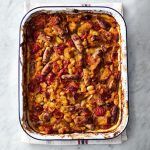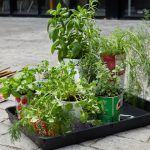A well-stocked store cupboard of wholesome ingredients goes hand in hand with great home cooking. If your staples stay clean and organised, meals can happen more efficiently.
As much as I try to stay on top of everything in my kitchen throughout the year, there are always a couple of cupboard doors that are hiding a disaster zone. This is why I dedicate a few hours every spring (and fall) to reign in the mess and set myself up for success in the kitchen.
Getting elbow-deep into your pantry for a semi-annual clean up can make a huge difference, and it helps to know exactly how to go about it. Here are my best tips for spring-cleaning the store cupboard.
- Out with the old
Begin with a really resolute purge. Check expiry dates and toss anything outdated. Thoroughly investigate potentially stale items. Set aside any unwanted or never-used ingredients to donate to a food bank. Closely check home-canned goods for any loose lids, which may indicate that the all-important seal has been lost and the food has spoiled.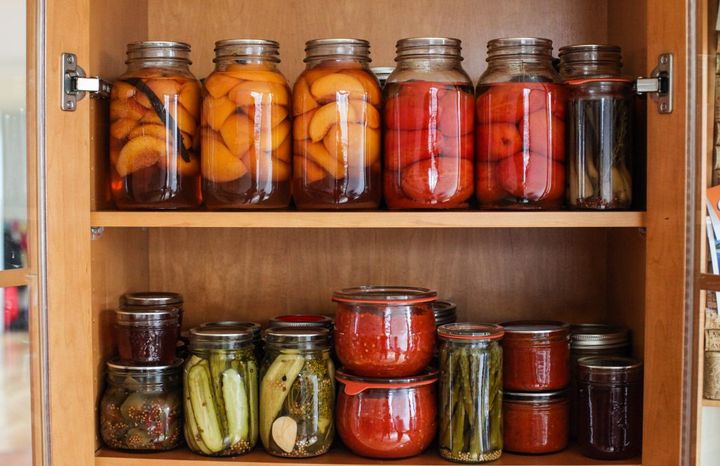
- Wipe down
Once everything is out of the cupboard, scrub it down and wipe it dry. Wipe down jars and large containers with a clean damp cloth. Pay particular attention to condiments like oils, syrups and vinegars, which tend to have drips down the sides. - Manage “cupboard sprawl”
Stackable plastic bins, baskets or even baking tins are helpful for controlling your cupboard from falling into chaos. For example, I stash small, easy-to-lose baking items together in a bread tin, and this containerisation keeps them in one spot and ready for when I need them.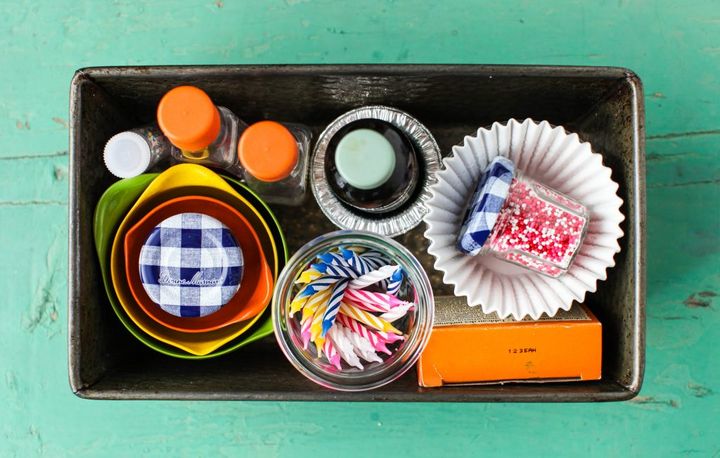 Keep onion, garlic and shallots in a bin or crock to keep their skins from scattering. Store them in a cool dry place, but still accessible for daily use.
Keep onion, garlic and shallots in a bin or crock to keep their skins from scattering. Store them in a cool dry place, but still accessible for daily use. - Organize ingredients
Think about how you cook and place your most-used items (cooking oils, vinegars, etc) within close reach. Put rarely used items up high, or at the back of a cupboard.A few foods should be kept in the freezer to extend storage life, such as flours, nuts, ground spices, and seeds and grains like wheat germ and ground flax.Make a shopping list as you organise – this will make restocking much easier. - Restock in
Mason jarsTransfer new dry goods to as many clean, dry mason jars as you have available. Plastic bags or cardboard boxes are not effective for pantry storage and can invite unwanted critters, moisture or odors. Glass jars keep ingredients airtight and also showcase foods clearly so you can find what you need at a glance. - Maximize space
Any space in a kitchen is usable space, even the most unlikely areas. Maybe you have room under the sink or on top of the cupboards for an airtight bin. Dividers in the deep space above the oven or refrigerator are an efficient way to store your platters, cookie sheets, cutting boards or bakeware. - Grow something
Bring spring into the kitchen with a few herbs in pots or sprouts. If you’re a novice gardener, growing an indoor culinary herb garden is an easy place to start. All you need to get started is a nice, sunny place in your house for them to call home.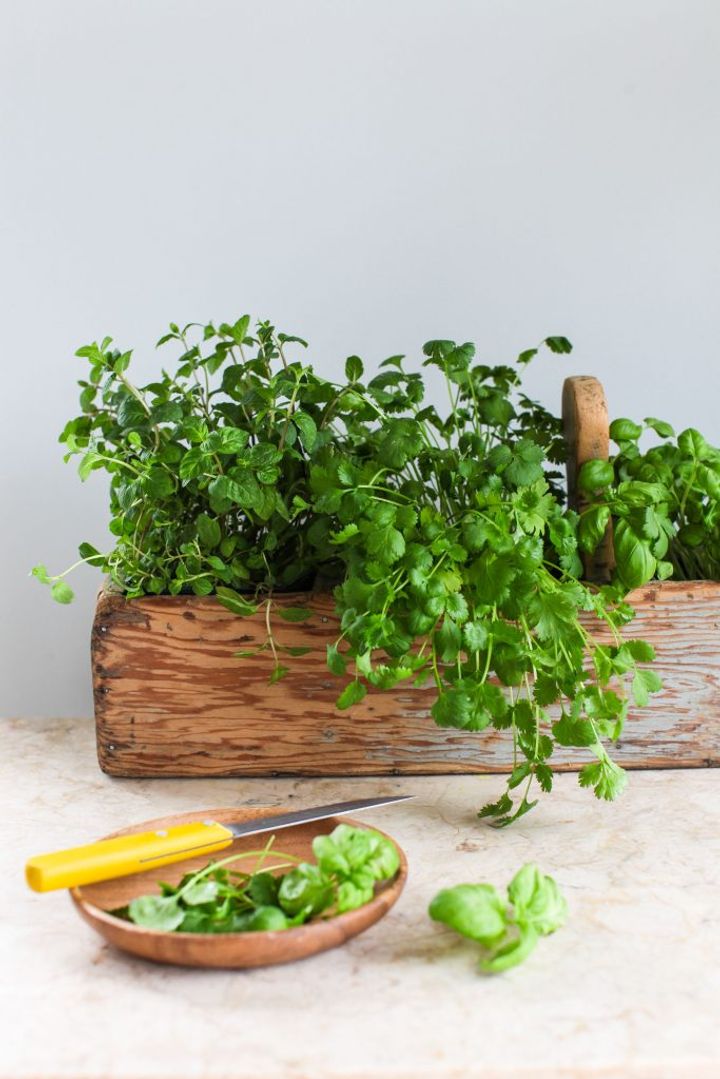 Regular clipping will promote further growth, so pinch off sprigs for your cooking, baking or cocktail making!
Regular clipping will promote further growth, so pinch off sprigs for your cooking, baking or cocktail making! - Label where necessary
I don’t label my items because I know them all by sight. If you stock a vegan or a gluten-free pantry with lots of powders and unique flours, however, you may want to label jars. Simple masking tape and a Sharpie will do.I do put a piece of masking tape on the underside of the jar with the expiry date of the item – this is very handy for keeping on top of things. - In with the new
If your goal is to maintain a diet of nourishing foods, one of the best things you can do is stock your pantry with quality ingredients. You’ll be inspired to try new recipes (and have the resources to follow through with them), and more inclined to steer clear of prepackaged and processed foods.
Be sure to sterilise your jars when you’re switching out old ingredients for new ones, here’s Jamie’s Food Team to show how it’s done:
I challenge you to try one new-to-you ingredient a month, such as an ancient grain, a unique variety of rice, or a bright, interesting vinegar.
Happy cleaning – and cooking!

